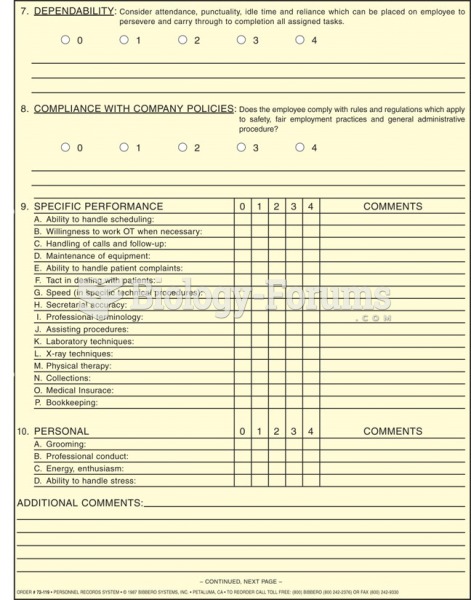Answer to Question 1
1. Materials Variances
Actual Costs
Incurred
(Actual Input Qty.
Actual Price)
Actual Input Qty.
Budgeted Price Flexible Budget
(Budgeted Input Qty. Allowed
for Actual Output
Budgeted Price)
Direct
Materials
(5,200 17a)
88,400 Purchases Usage
(5,200 18) (4,700 18)
93,600 84,600
(400 8 18)
(3,200 18)
57,600
5,200 F 27,000 U
Price variance Efficiency variance
a 88,400 5,200 = 17
2. The favorable price variance is due to the 1 difference (18 17) between the standard price based on the previous suppliers and the actual price paid through the online marketplace. The unfavorable efficiency variance could be due to several factors including inexperienced workers and machine malfunctions. But the likely cause here is that the lower-priced titanium was lower quality or less refined, which led to more waste. The labor efficiency variance could be affected if the lower quality titanium caused the workers to use more time.
3. Switching suppliers was not a good idea. The 5,200 savings in the cost of titanium was outweighed by the 27,000 extra material usage. In addition, the 27,000 U efficiency variance does not recognize the total impact of the lower quality titanium because, of the 5,200 pounds purchased, only 4,700 pounds were used. If the quantity of materials used in production is relatively the same, Best Bikes could expect the remaining 500 lbs to produce approximately 40 more units. At standard, 40 more units should take 40 8 = 320 lbs. There could be an additional unfavorable efficiency variance of
(500 18) (40 8 18)
9,000 5,760
3,240U
4. The purchasing manager's performance evaluation should not be based solely on the price variance. The short-run reduction in purchase costs was more than offset by higher usage rates. His evaluation should be based on the total costs of the company as a whole. In addition, the production manager's performance evaluation should not be based solely on the efficiency variances. In this case, the production manager was not responsible for the purchase of the lower-quality titanium, which led to the unfavorable efficiency scores. In general, it is important for Johnson to understand that not all favorable material price
variances are good news because of the negative effects that can arise in the production process from the purchase of inferior inputs. They can lead to unfavorable efficiency variances for both materials and labor. Johnson should also that understand efficiency variances may arise for many different reasons and she needs to know these reasons before evaluating performance.
5. Variances should be used to help Best Bikes understand what led to the current set of financial results, as well as how to perform better in the future. They are a way to facilitate the continuous improvement efforts of the company. Rather than focusing solely on the price of titanium, Scott can balance price and quality in future purchase decisions.
6. Future problems can arise in the supply chain. Bentfield may need to go back to the previous suppliers. But Best Bikes' relationship with them may have been damaged, and they may now be selling all their available titanium to other manufacturers. Lower quality bicycles could also affect Best Bikes' reputation with the distributors, the bike shops, and customers, leading to higher warranty claims and customer dissatisfaction, and decreased sales in the future.
Answer to Question 2
a







